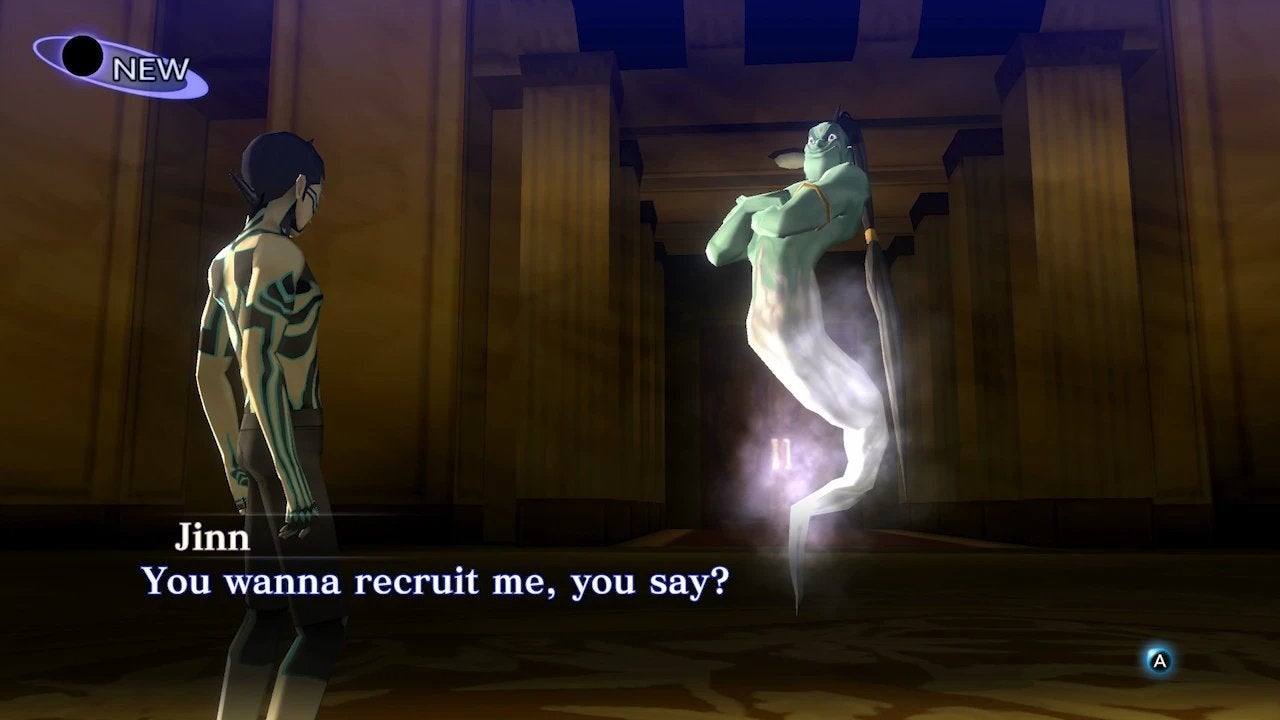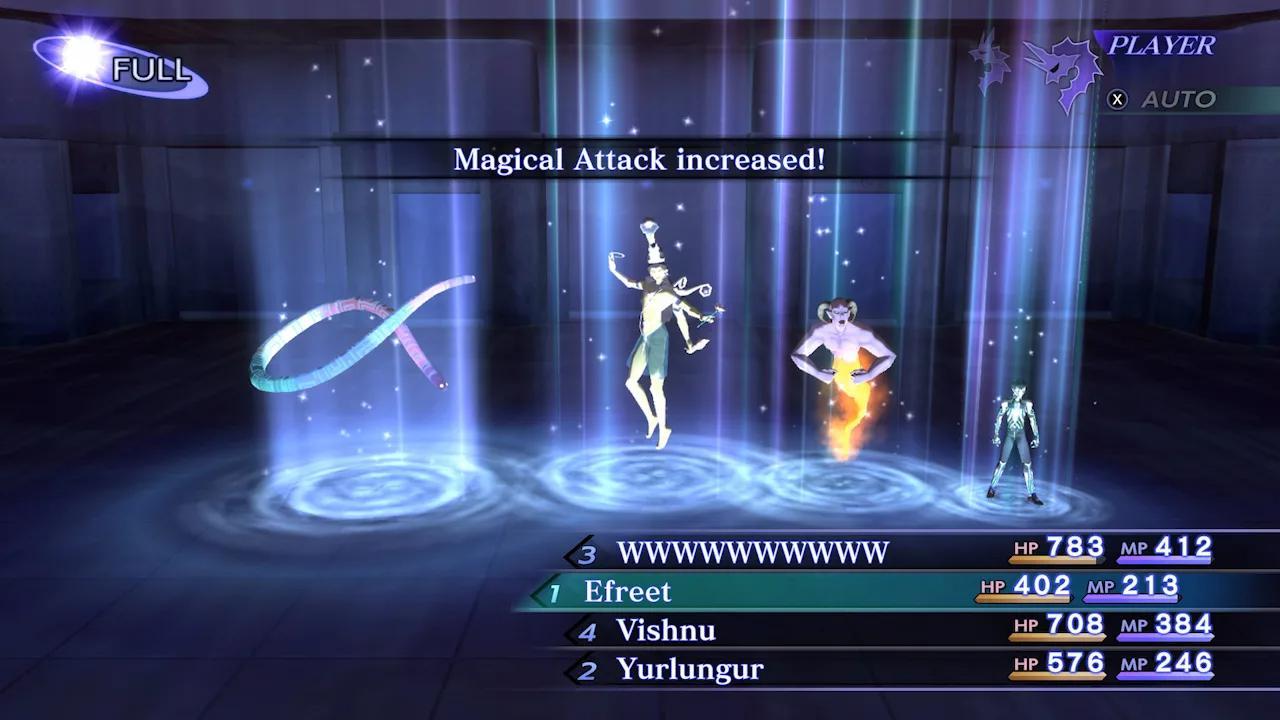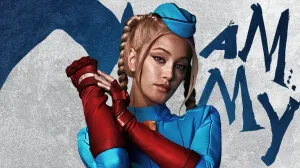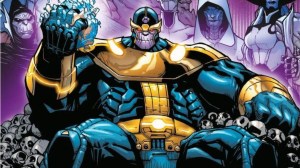Shin Megami Tensei: Nocturne, an oft-forgotten JRPG classic first released for PlayStation 2, is reborn for modern consoles as Shin Megami Tensei III: Nocturne HD Remaster. Nocturne was the first game in the mainline Shin Megami Tensei series to release outside of Japan when it debuted in 2003, predating the international popularity of the franchise’s spinoff Persona series. Nocturne gained a reputation for its punishing difficulty as much as for its mature themes, potentially scaring away fans interested in exploring Persona‘s progenitor series. The HD Remaster‘s new upgrades fix that, making it the definitive and most inviting version of the game for players new and old.
Videos by ComicBook.com
Nocturne’s story puts players in control of a Japanese teenager in roughly present-day Tokyo. On the way to visit his teacher at a hospital, the student begins to notice some odd activity, including a reporter claiming some cult is up to something. It turns out the reporter was right, and Tokyo is destroyed and remade as a spherical vortex world inhabited almost entirely by demons. Only the protagonist (now part-demon himself), two of his friends, his teacher, the journalist, and a suspicious tech mogul survive, leaving the fate of the world in their hands.

The humans awaken in post-apocalyptic Tokyo. As the newly christened Demi-fiend, players wander this demon-infested wasteland searching for their friends and unraveling a story that, by typical JRPG standards, is dark, unflinching, and affecting.
Pacing is the narrative’s weakness. While the back half of the game is an emotional, eventful roller coaster, the first half often feels like wandering through a sparsely populated post-apocalypse without much of a sense of purpose. Ostensibly, you’re searching for your friends and teacher. It’s only much later in the game, through necessary character development, that the supporting characters begin to carry enough emotional weight to care about them.
Instead, the first half of the game feels more like a straight dungeon crawl, which makes sense given Nocturne‘s lineage. The first two Shin Megami Tensei games were first-person dungeon dives. Though Nocturne brought a lot of firsts to the series, including a third-person perspective, it carries much of its predecessor’s design philosophy with it.
Players spend most of their time wandering the halls of various indoor locales, fighting random monster battles frequently with a party of demons recruited during encounters through negotiations or fused in the Cathedral of Shadows. These systems and the “Press Turn” combat that awards extra actions for exploiting enemy weaknesses inspired staple designs of Persona 3 and onward. Here, they feel like soundly built prototypes for the more polished and expansive iterations to come.

Empty dead ends litter these dungeon layouts, only there to deplete the player’s resources. Eventually, the dungeons become more deadly and complex, forcing players to rely on spells and consumables to light up dark pathways and avoid dangerous hazards. Many also require players to navigate unseen portals that will drop them down a level or teleport them to a different area. These exploration puzzles are often frustrating since they offer few, if any, clues to their solutions. They test players’ patience more than their wits, as trial and error is often the only way forward. The design is archaic and made all the more frustrating by the intense encounter rate constantly interrupting attempts to chart a course.
Atlus must have sensed how dated these design elements are as the studio offers a new Merciful difficulty via free DLC that reduces encounter rates, speeds up the leveling process, and makes players generally more capable of standing up to their demonic assailants. The challenge lessens dramatically in Merciful mode, but even then, players can’t sleepwalk their way through the game entirely. Many foes, particularly bosses, are cleverly designed in a way that makes choosing when to attack and which buffs, debuffs, and elements to cast more crucial to victory than raw damage output.
Players don’t have to weigh that decision too heavily as the game’s difficulty setting is adjustable on the fly. Even those who want to face the game’s most challenging bosses at their full strength may find the ability to turn the encounter rate down for a bit welcome while figuring out a path through a particularly vexing dungeon.
Merciful mode is one of a handful of quality of life upgrades in the remaster. Another is the ability to create a suspend-save at any point outside of combat. The remaster also gives a considerable boost to the game’s presentation, including the HD graphical refit, which brings out the cel-shaded graphics’ Satanic Tron-like aesthetic brilliantly, and the excellent, brand-new voice performances for the main characters. Together, these enhancements help break down barriers to entry and give the game the sheen modern players expect.
Considering how much ground the Shin Megami Tensei franchise has gained in its efforts to court fans in North America since Nocturne first released, the game, in retrospect, feels like a harbinger of things to come that went unheeded. Shin Megami Tensei III: Nocturne HD Remaster pushes the game to new levels in terms of quality and accessibility, allowing fans the chance to fully appreciate its heady, post-apocalyptic, coming-of-age story on their terms. That’s an opportunity they should not miss.
Rating: 3.5 out of 5
Shin Megami Tensei III: Nocturne HD Remaster goes on sale May 25th for PlayStation 4, Nintendo Switch, and Windows PC. The publisher provided a review code for this review, and it was reviewed on a base model PlayStation 4 and PlayStation 5.








